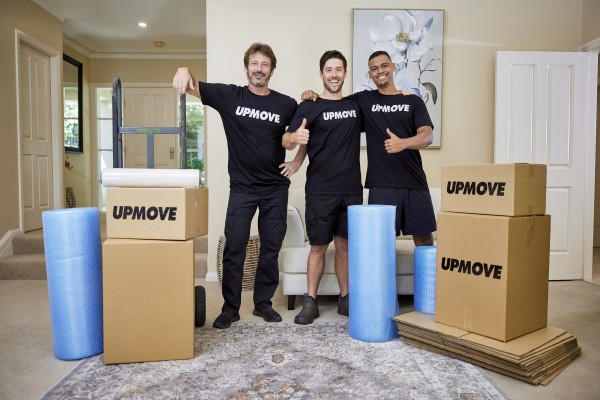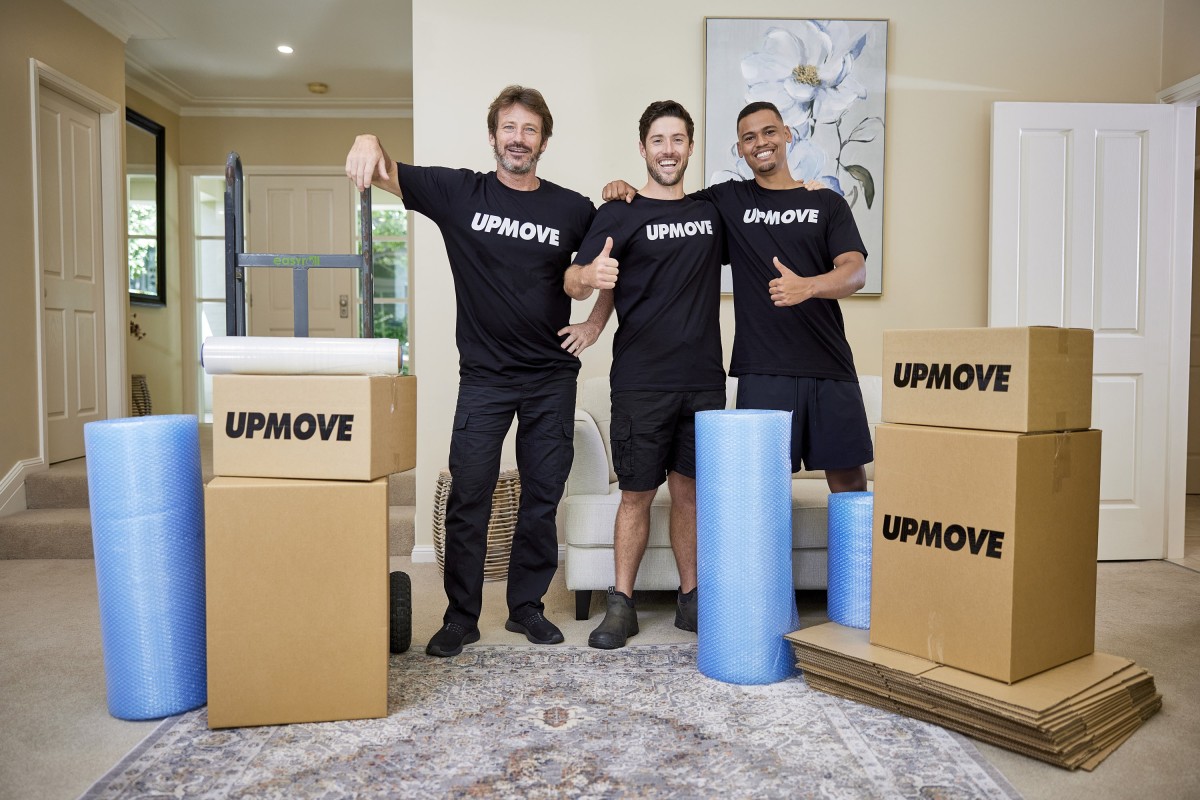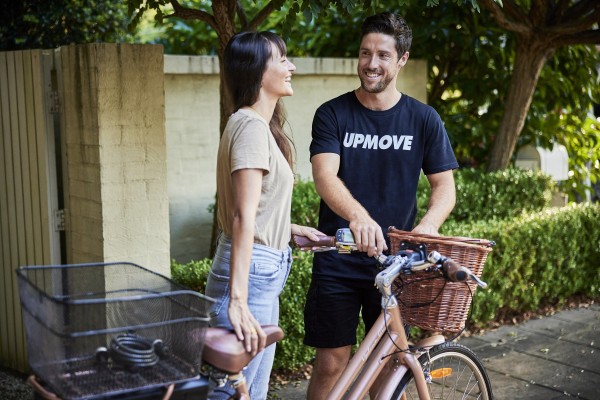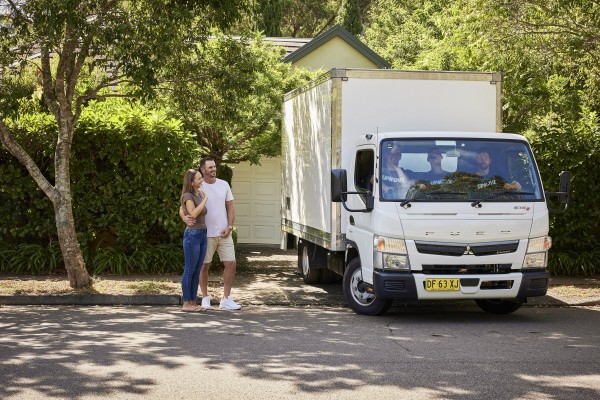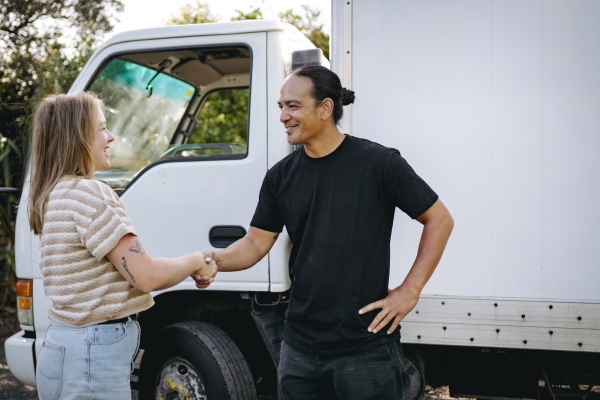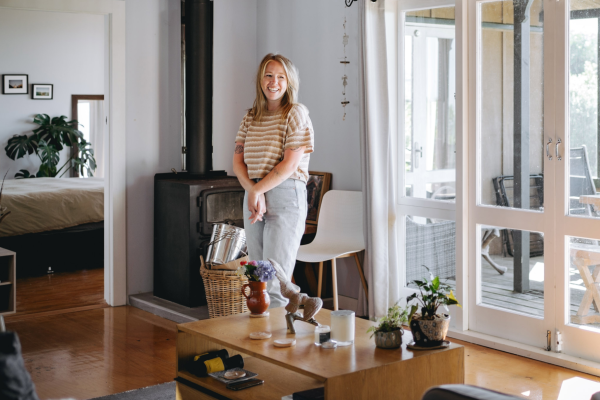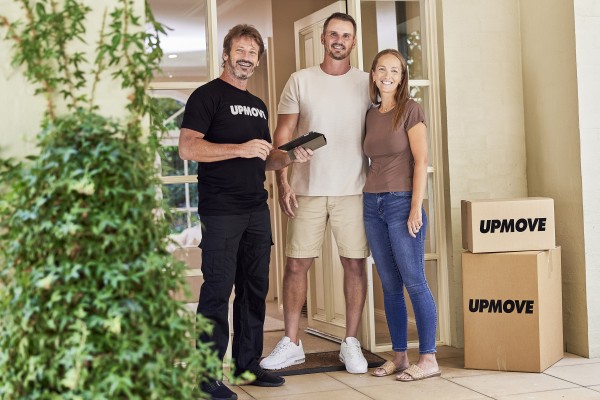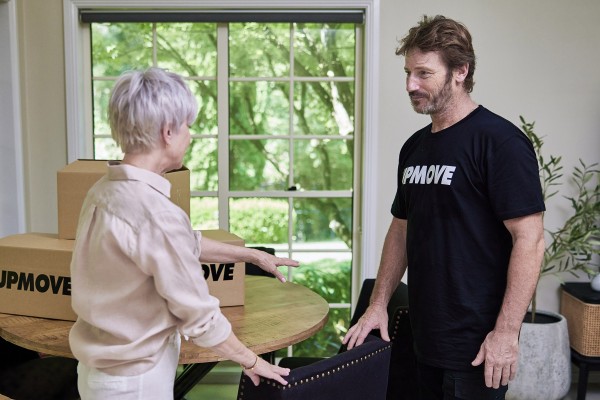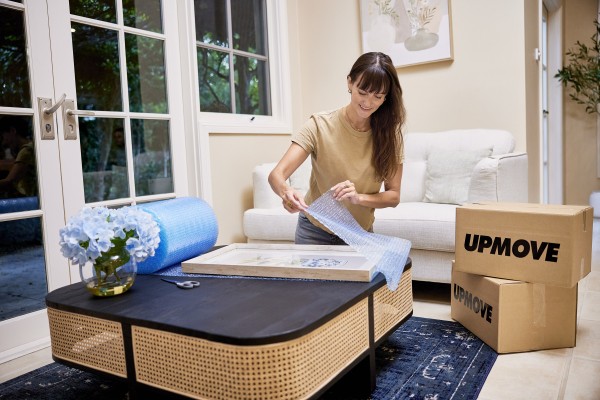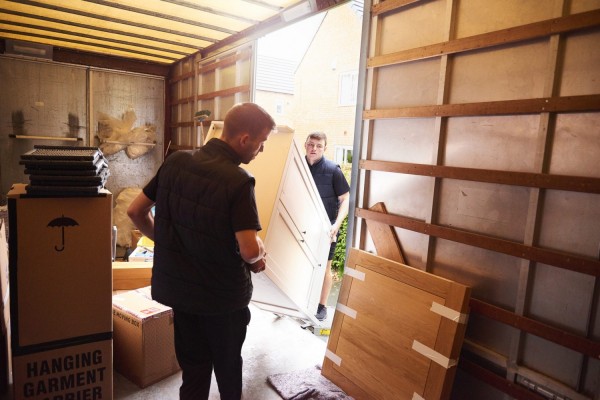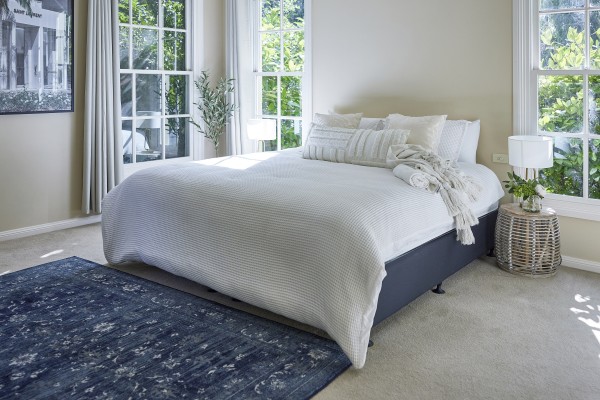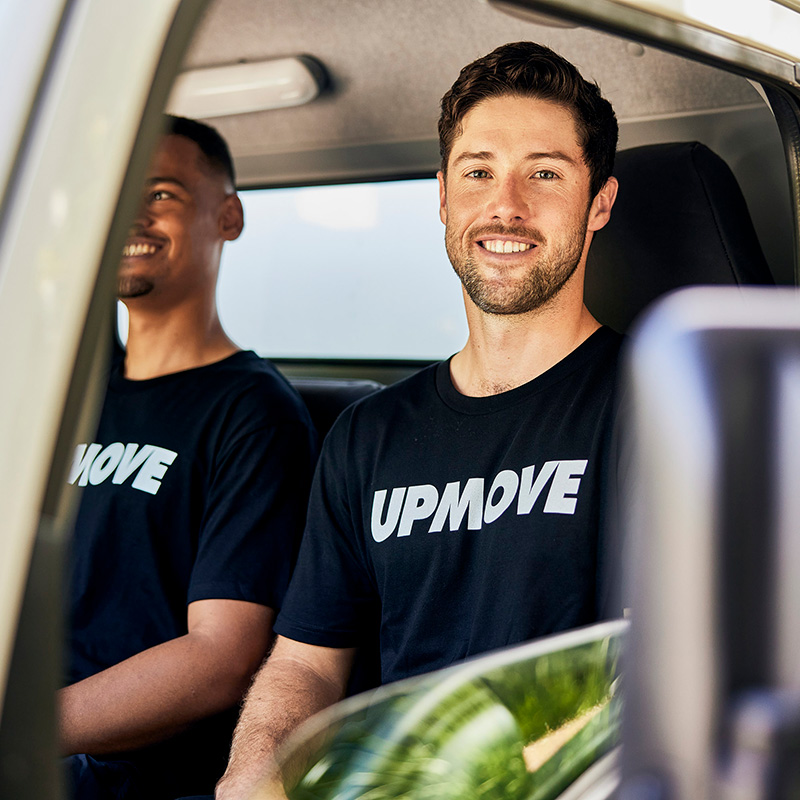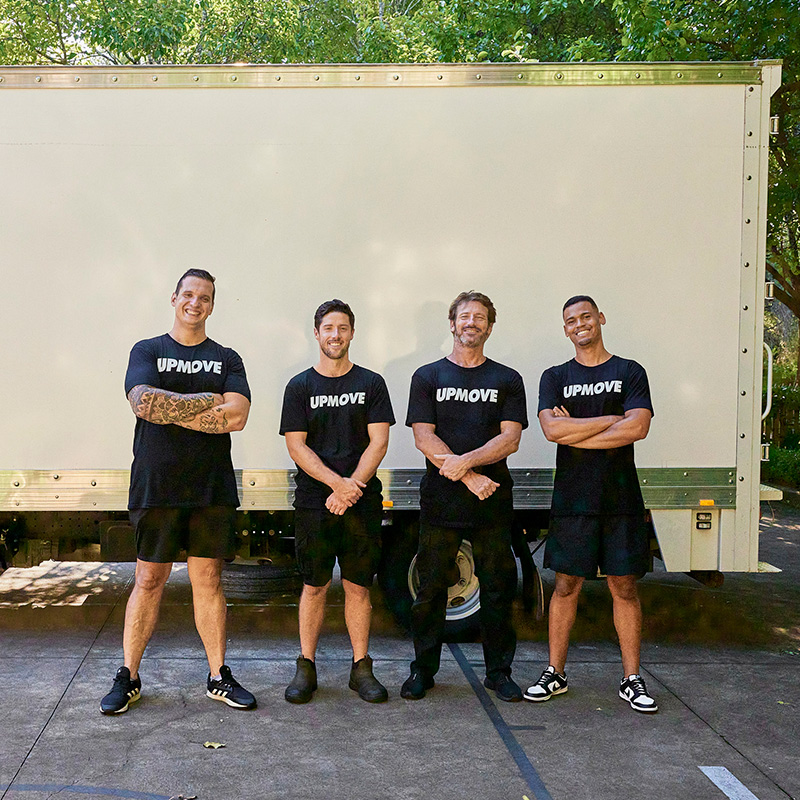Guide to loading, transporting, and unloading for home moves
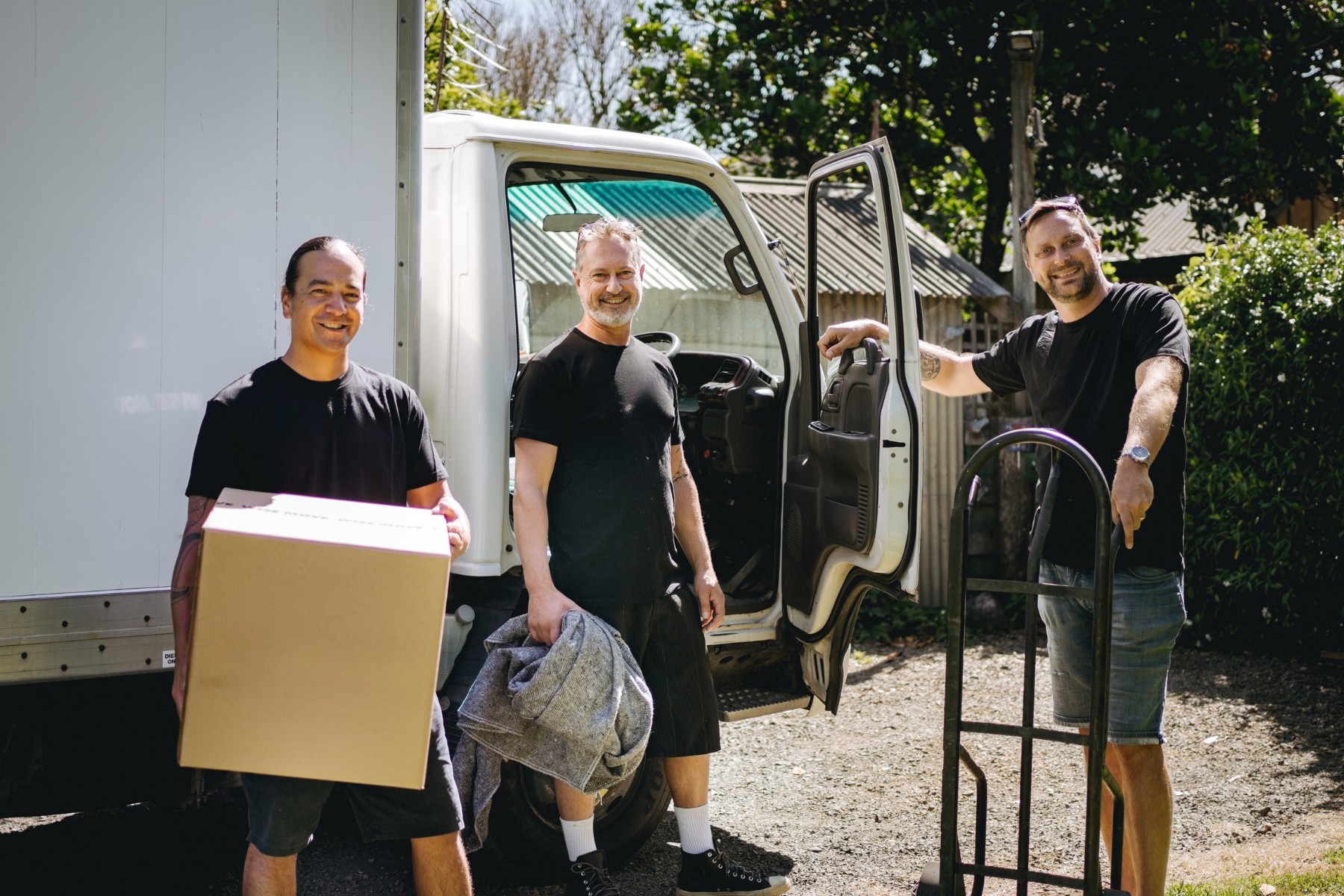
Efficient loading, transport, and unloading are key to a smooth move across Australia, given the size, mix of homes, and different local rules. Aussie removalists rely on tailored techniques, specialised equipment, and following proper safety rules to ensure seamless relocations.
Pre-loading planning and preparation
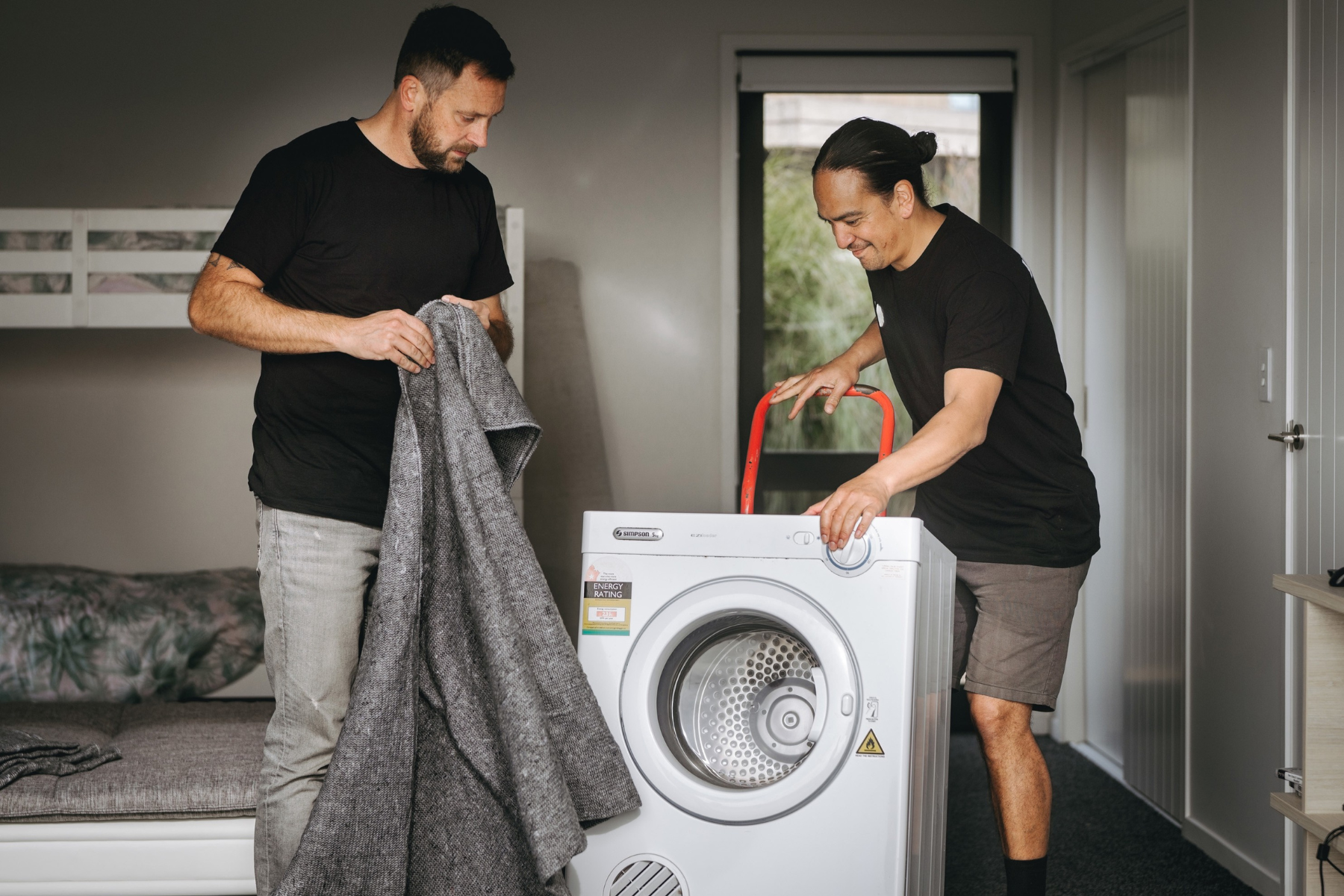
Removalists start relocation projects with thorough planning and detailed inventory assessments, recording item conditions using descriptions, photos, or videos.
Choosing the right removalist vehicle—ranging from compact trucks for city moves in Sydney or Melbourne to larger vehicles for rural and interstate jobs—is essential. These trucks are typically fitted with hydraulic tailgates, loading ramps, trolleys, and secure cargo management systems.
Local council permits and street-access approvals need to be arranged in advance, especially in dense urban areas like Sydney’s inner suburbs, Melbourne’s CBD, or Brisbane’s city centre, where parking is limited. It’s important to sort these permits out a few days in advance to avoid delays on moving day.
Strategic loading techniques
Removalists use a methodical approach to loading. Heavy and bulky items like appliances, large furniture, and pianos are loaded first and positioned toward the truck cabin for better weight distribution. Mattresses and soft furniture are used to cushion and secure other items. Boxes are stacked carefully, with heavier boxes forming the base and clearly labelled fragile items placed on top.
Specialised loading equipment
Removalists often use specialised equipment including heavy-duty appliance trolleys built for Australian-standard doorways and staircases, furniture dollies suited to suburban homes, and strog portable ramps for different terrains. Protective gear like furniture pads, thick moving blankets, stretch wrap, and reinforced corner protectors keep items safe during both loading and transit.
Secure transport practices
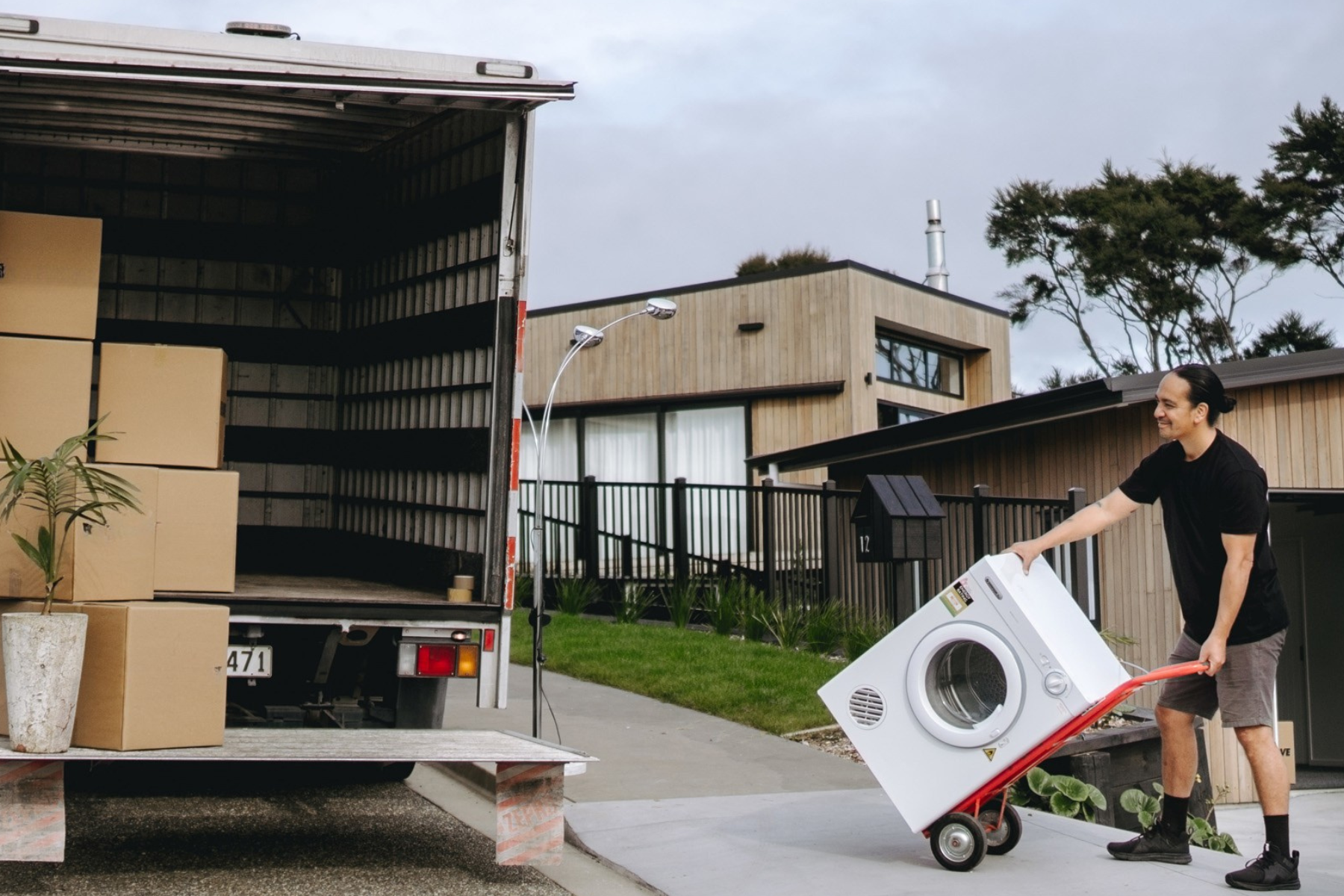
Navigating Australia’s varied road conditions—from city traffic in Melbourne and Sydney to rural highways in Queensland or Western Australia—requires GPS-equipped trucks or route planning systems. Inside the truck, items are secured using industrial-grade ratchet straps, cargo nets, and tie-down systems. Air suspension systems are often used to absorb shocks and vibrations, especially on long-distance and interstate moves which helps prevent damage on long drives.
Specialised transportation considerations
Delicate items like electronics, antiques, artwork, or delicate instruments often need climate-controlled transport, especially when crossing the country's different climate zones—from the tropical humidity of Cairns to the dry conditions of Perth or Adelaide.
Technical unloading procedures
Removalists use a step-by-step process to unload, starting with smaller boxes and lighter items, then working up to larger furniture and appliances. Equipment like furniture sliders, hand trolleys, and hydraulic lifts ensure safe and efficient unloading, especially in multi-storey apartments or elevated Queenslander-style homes.
Handling complex unloading scenarios
Australia’s varied housing can create logistical challenges—like navigating narrow Victorian terraces in Melbourne, steep driveways in Brisbane’s hilly suburbs, or tight access in Sydney apartment blocks. In these situations, removalists use stair-climbing equipment, rigging and hoisting tools, and detailed route planning to manage tricky unloads without damage or delay.
Verification and finalisation
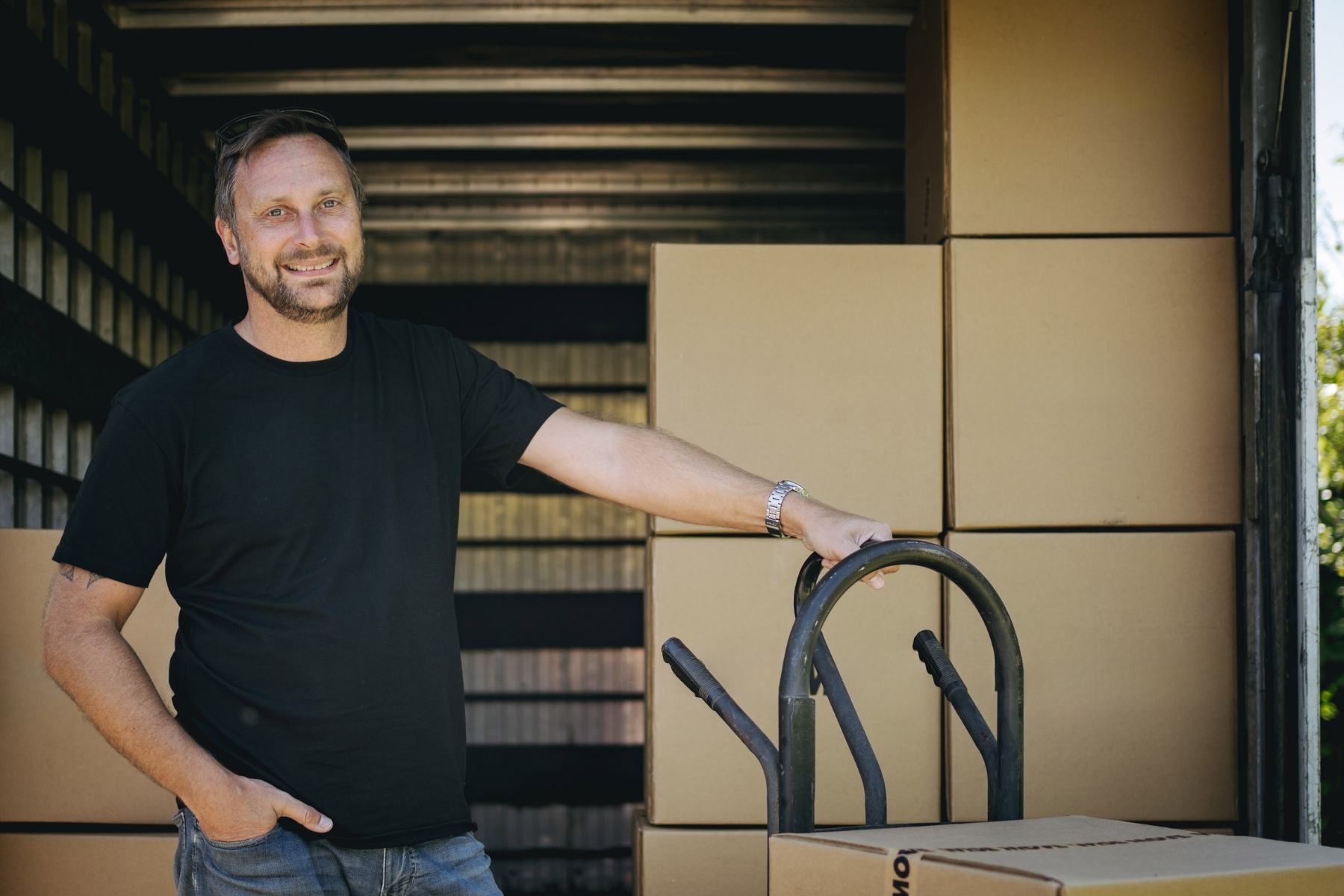
After unloading, removalists check everything off against the inventory to make sure it’s all there and everyhting has arrived in good condition. Many also manage post-move clean-up, disposing of, or recycling packing materials so homes are left tidy and ready to move into straight away.
By applying these carefully developed loading, transporting, and unloading strategies—and staying on top of local rules and conditions—removalists deliver dependable, efficient, and secure moving services to fit Australia's diverse housing and landscapes.
What do our customers say?



What’s happening?
Please notify us of any violations. This information will be kept confidential and shared only with Upmove.
- It’s inaccurate or incorrect
- If you find it offensive
- It’s something else
